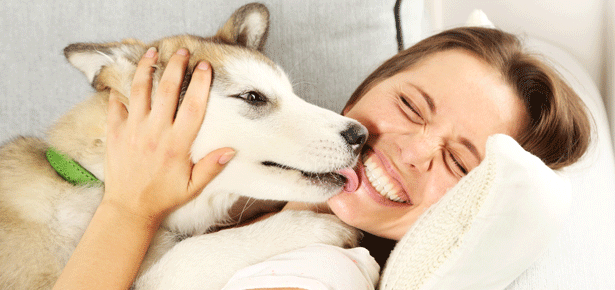

Ask an Expert – Training and Punishment
Q:I’m really confused about the use of punishment in dog training. Each source I turn to contradicts the other—some say punishment is essential and others say it is cruel—and I just don’t know who to listen to anymore. Is punishment necessary in order to raise a well-behaved dog? I’m getting a puppy in a few months and want to start him off right. —Perplexed in Port Moody
A:Tune in to any episode of Supernanny and you will see punishment being doled out quite liberally. Not the spanking or yelling variety that might come to mind and which was widely advocated only a few decades ago, but the well-timed removal of valued items and activities. An ardent opponent of spanking, Supernanny shows parents how to punish without pain or fear by using time-outs, confiscation of favourite toys, and loss of hard-earned reward tokens to help turn around some pretty problematic behaviours.
These safe punishers, known as “negative punishers” because they work by subtracting something valuable, have replaced the use of intimidation in progressive child-rearing. “Subtraction” punishers are unpleasant—no child wants to lose movie night—but not frightening or painful. They help decrease the problem behaviour without eroding trust between parent and child.
Think dog training and we have tons of negative punishment options: marching Fido home from the park right after bullying another dog, putting the Frisbee away after an uninvited grab, and a swift time out in the utility room for underwear-snatching. Negative punishers are especially effective when we take away the very thing the dog was trying to score while being naughty: see how many times your dog jumps up for a cookie if it goes straight back in the jar as a result. It doesn’t take a doggie Einstein to learn to keep four on the floor; most are reformed in under five tries.
The beauty of using them with dogs is that they don’t lead to fearful associations with people; there’s no chance of creating a fear biter. This is especially important when there is even the slightest possibility that the naughty behaviour was actually motivated by anxiety in the first place. A time-out for growling at a tail-tugging toddler won’t worsen their relationship, whereas ripping a strip off the dog just might. Negative punishers don’t leave children OR dogs wincing at a fast-approaching hand the way spankings or scruff-grabs can. As a kindergarten child once advised me: hands are for hugging, holding, and helping.
Combining this type of punishment with the mainstay of effective training—doling out the good stuff like walks, treats, games, and praise for desirable behaviours—these are the only type of deterrents you really need to let your dog know when he’s out of line. Verbal reprimands are fine, too, provided he isn’t so sensitive that this sends him cowering or urinating, but aren’t a necessary ingredient to get the message across loud and clear!
Join the newsletter and never miss out on dog content again!
"*" indicates required fields
By clicking the arrow, you agree to our web Terms of Use and Privacy & Cookie Policy. Easy unsubscribe links are provided in every email.





